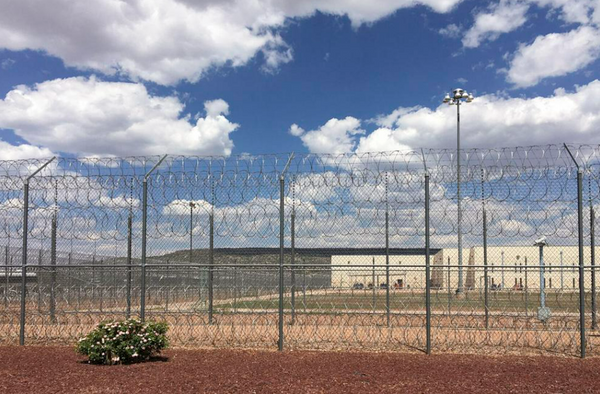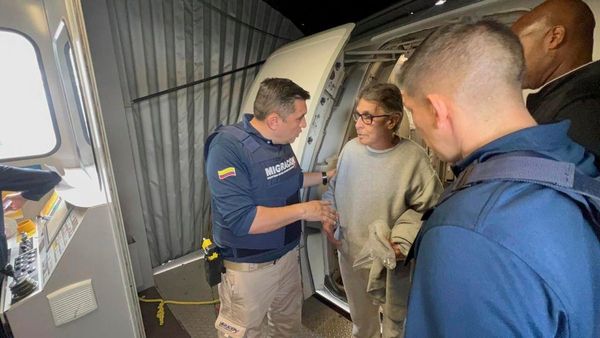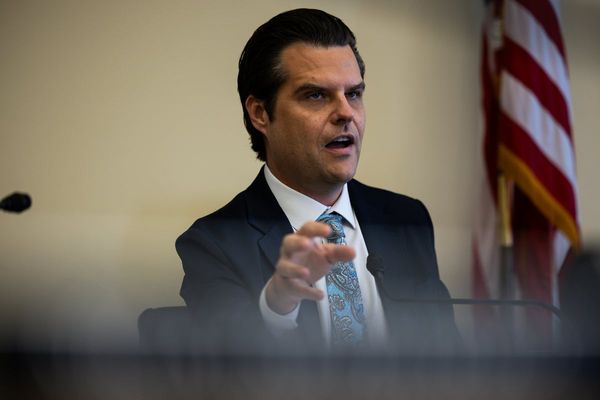
Australia will be an active participant as NASA works to extend the range of humanity to deep space, sending people back to the moon and ultimately to Mars, a former astronaut and the organisation’s deputy administrator says.
Pam Melroy took part in a forum in Adelaide focussed on Australia’s future in the space industry via videolink on Thursday.
She told the gathering that Australia would play a key role in demonstrating the infrastructure services critical for establishing and sustaining a human presence on the moon.
“Every day our industry partners are developing and growing capabilities to support an economy in low earth orbit that is continuing to expand and evolve,” Ms Melroy said.
“We’re seeing that the opportunities for bringing that economic activity to the moon are starting to develop quickly.
“Of course, our international partners are also eager to join us in our return to the moon and work with us to take what we learn there and apply it towards human missions to Mars.”
A consortium of Australian businesses and research groups are developing a small rover that can operate on the lunar surface.
It will have the ability to pick up surface materials and transfer them to a NASA-operated facility that will attempt to extract oxygen from the material, potentially allowing astronauts to use resources on the moon to create rocket fuel and other mission consumables.
“This is a crucial capability if we truly want a sustained human presence in the solar system,” Ms Melroy said.
“We are delighted that Australia is focussed on field robot systems and sensing, resource technologies, and planetary science.
“All of these things can provide a long-term contribution to future space exploration.”
NASA’s return to the moon begins later this year with the launch of Artemis 1 – an uncrewed test flight of its Space Launch System and the Orion spacecraft which will orbit the lunar surface.
Artemis 2 is then planned to launch in 2024, returning humans to the lunar orbit, before Artemis 3 lands the first woman on the moon in 2025.
Ms Melroy said the progress made by Australia’s space sector in the past four years had been “truly remarkable” since the establishment of the Australian Space Agency.
“Australia has always been a part of the global exploration community, but now you’re taking large strides on the world stage,” she said.
“And the timing is very opportune from our perspective at NASA, especially as we’re building a coalition to send humans back to the moon, this time to stay.”







